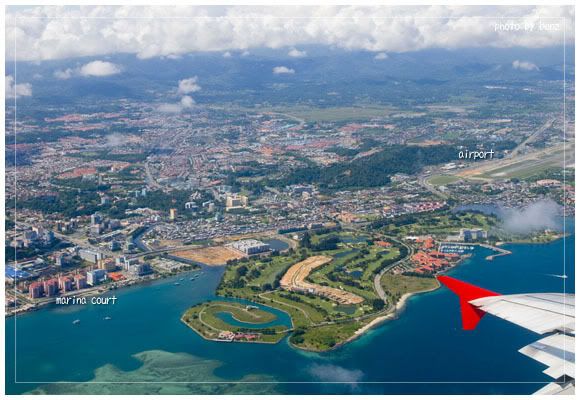
View from Above
The Kota Kinabalu International Airport (KKIA) is just but a mere stone throw away from the city centre. In fact, the runway path goes right through the city - almost certainly imposing a comical number as the height constraint for buildings within the city!
The airport, comprising of both Terminal 1 and Terminal 2, is supposedly Malaysia's second most busiest airport after KLIA. The airport first began as a military airfield for the Japanese during WW2, and was previously known as the Jesselton Airfield.
The first terminal was built in 1957, to accomodate commercial flights and international tourists.
Around the 1980s, a newer and larger terminal - now rebranded as Terminal 2 - was built to cater for the influx of air traffic. Terminal 2 now serves as the AirAsia terminal, in addition to a few other low-cost carriers, including TigerAirways.
On August 19th, 2008, Terminal 1 re-opened its doors to the public. Built at a cost of RM720 million, the new terminal would now be able to serve up to 3,200 passengers per peak hour, or an annual capacity of 9 million passengers (as a comparison, KLIA served ~27.5million passengers in 2008).


Artistic Renderings of the Proposed New Terminal 1
At first glance, one would expect the terminal to be totally brand new - with steel structures spanning great distances, "eco-friendly" skylights, and a fat load of glass. I was surprised to find that, similiar to the National Museum of Singapore, the project was designed as an extension and reconstrucion of the original terminal. The whole project, scheduled for completion by mid-2009 (which duh~! of course didn't happen), was designed with 17 aircraft parking bays, with the new wing capable of accomodating the Airbus A380.
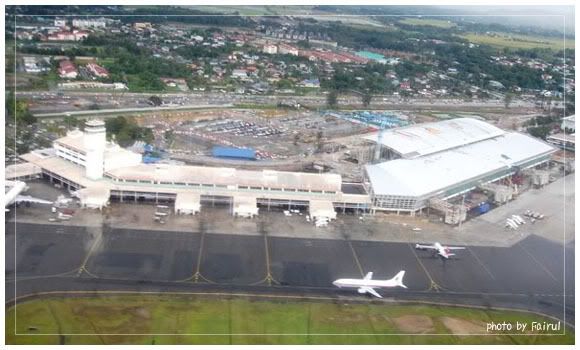
Where The Old (left) meets The New (right)
Architectural Features

The Departure Hall column head was inspired by the Dusun Haversack. The Dusun Haversack or ‘Wakid’, is a native practice of the Kadazan-Dusun and symbolizes preparation for a meaningful journey.

Ethnic motifs of the Bajau, or Tenunan Bajau, were found as part of the flooring pattern of the main concourse.
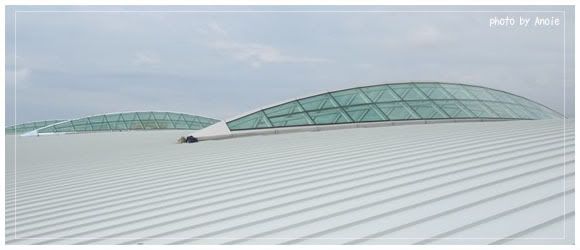
The skylight mimics the hull of a traditional boat of the Bajau in Semporna. The Lepa, in the language of the seafaring Bajau in the east coast of Sabah, means wooden boat of many purpose. The Lepa is commonly used by the locals for fishing, ferrying people and goods, as living quarters, and to hold weddings and cultural shows, and are mainly made out of the Ubar Sluk (or Seraya Merah) wood.
Terminal 1 Design Options

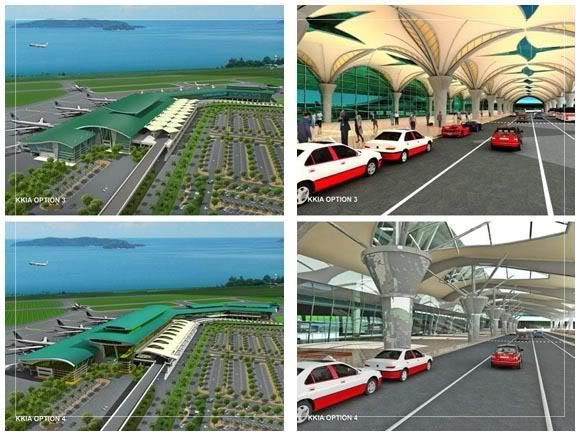
The winning scheme probably got buffed up for final presentation, so obviously that looks better than the other schemes.
Amazing Shots of KKIA
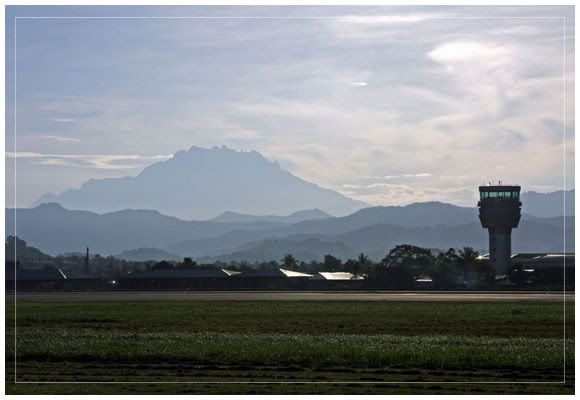
Mount Kinabalu in the Background

The Departure Hall Approach

The Departure Hall
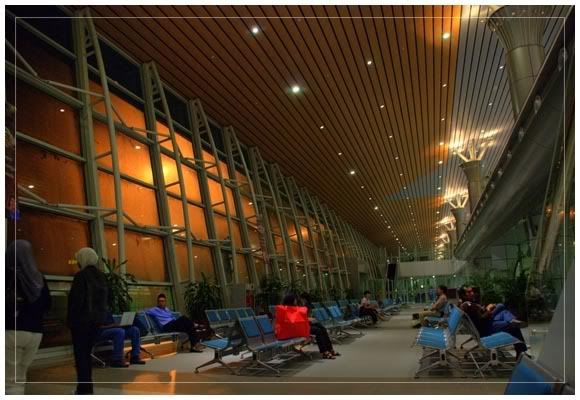
The Transit Area


















0 comments:
Post a Comment